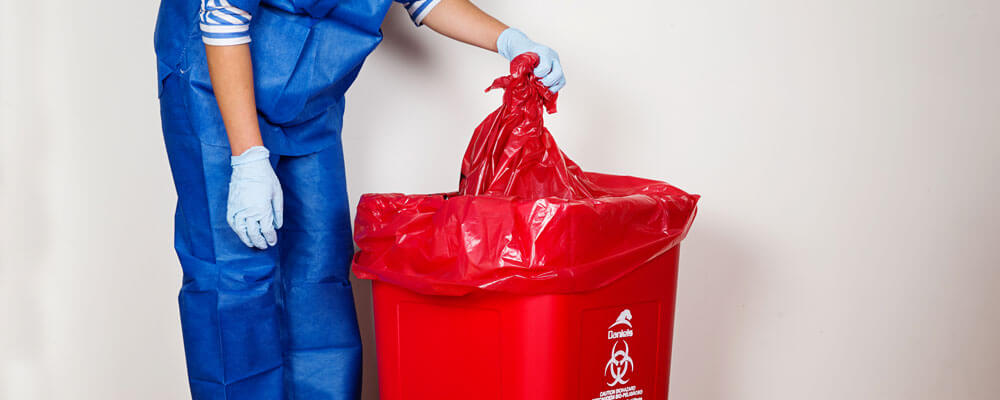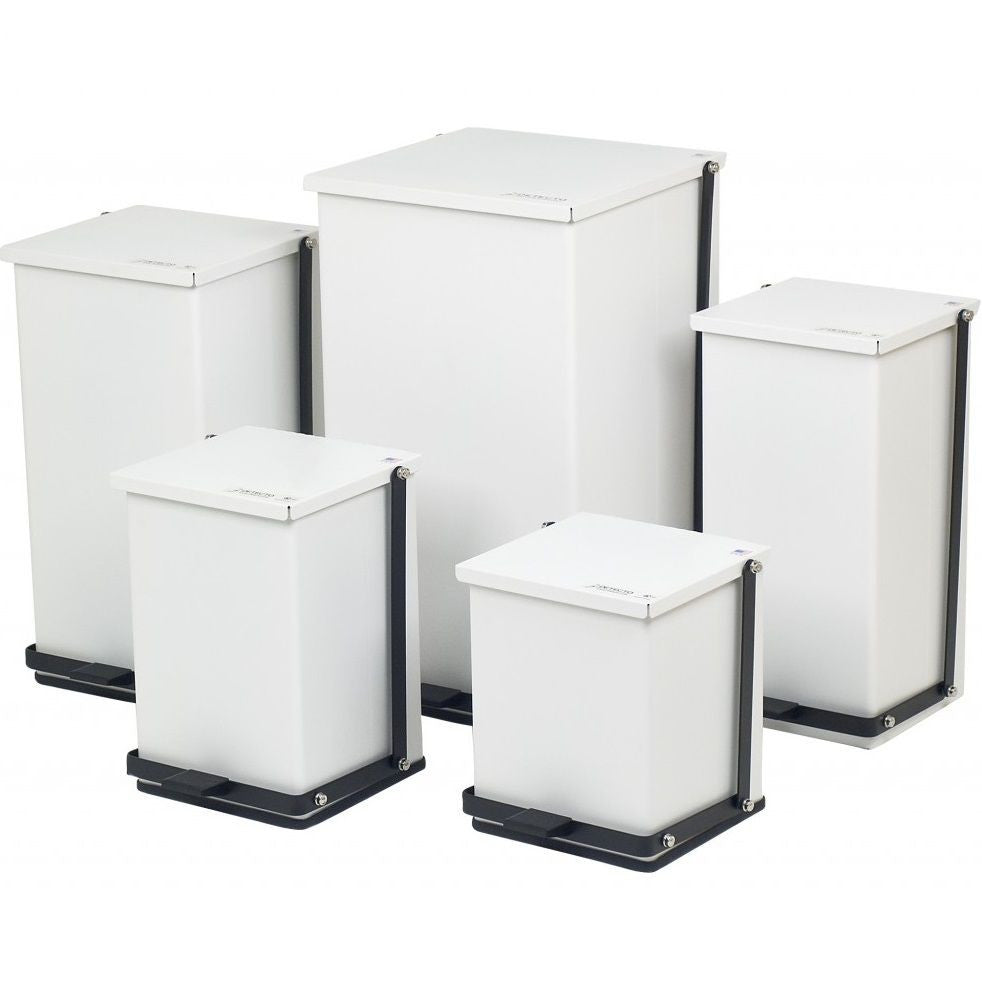Medical Waste Removal Excellence: Elevating Security Requirements in Your Facility
Medical Waste Removal Excellence: Elevating Security Requirements in Your Facility
Blog Article
Minimize Costs and Optimize Safety: Effective Medical Garbage Disposal Methods
Efficient clinical waste disposal methods are important for health care facilities to decrease costs and make the most of security. With the expanding issue for environmental sustainability and the increasing number of guidelines bordering waste monitoring, it is necessary for medical care companies to take on compliant and effective techniques. By carrying out appropriate partition and categorization, effective product packaging and labeling, safe transport and handling, reliable treatment and disposal methods, and compliance with governing standards, health care facilities can guarantee the responsible and safe administration of clinical waste. In this discussion, we will certainly check out each of these techniques carefully, giving understandings and practical suggestions for healthcare professionals to maximize their garbage disposal procedures.

Appropriate Segregation and Categorization
Correct segregation and classification are essential components of efficient medical garbage disposal techniques, making certain the security of medical care workers, the general public, and the setting - medical waste removal. medical waste disposal services with WasteX. By dividing different sorts of clinical waste at the point of generation, health care centers can minimize the threat of cross-contamination and potential damage to people and ecological communities
One of the vital consider appropriate partition is the identification and category of clinical waste. This includes categorizing waste right into various groups, such as contagious, unsafe, radioactive, or pharmaceutical waste. Each group needs particular handling, storage, and disposal methods to avoid any type of adverse effects on human health and the atmosphere.
Moreover, appropriate segregation also consists of the usage of color-coded labels and containers to clearly identify and differentiate the different kinds of medical waste. This helps health care employees and waste monitoring personnel to quickly identify and handle the waste suitably. As an example, red containers might be utilized for infectious waste, while yellow containers may be assigned for harmful waste.
Along with partition, correct categorization also involves the proper product packaging and control of medical waste. This makes certain that waste is firmly kept and transported without presenting any kind of threats to people or the setting. Using puncture-resistant and watertight containers, along with appropriately sealing and classifying them, assists to avoid any unintentional direct exposure or launch of dangerous materials.
Effective Packaging and Classifying
Efficient packaging and labeling play an important role in guaranteeing the effective and safe disposal of clinical waste. Proper packaging is vital to protect against leakage, breakage, or splilling during transport and handling. It helps to reduce the threat of contamination and safeguards health care workers, waste management personnel, and the atmosphere from prospective dangers.
Clinical waste must be packaged in leak-proof and durable containers that are resistant to penetrate and breakage. These containers need to be appropriately secured to stop any type of leakage. Additionally, the product packaging ought to be able to withstand the conditions of transportation, including temperature level variations and misuse.
Identifying is equally crucial as it offers vital information concerning the components of the waste and any type of possible dangers connected with it. The tags ought to consist of the name of the healthcare facility, the kind of waste, and any special delivery guidelines. Standardized and clear labeling ensures that waste monitoring personnel can quickly recognize and deal with the waste properly.
Reliable packaging and labeling also help in the appropriate partition and categorization of medical waste. Clear labeling allows for simple recognition of different waste streams, such as transmittable waste, sharps, or pharmaceutical waste. This assists in streamlining the disposal process and guaranteeing that the waste is dealt with or thrown away based on regulative standards.
Safe Transport and Handling
Guaranteeing the secure transport and handling of medical waste is of utmost significance in order to protect against any type of potential health and environmental risks. Medical waste, such as sharps, contaminated products, and pharmaceutical waste, must be properly packaged and dealt with to decrease the danger of direct exposure to harmful substances and microorganisms.
Delivering clinical waste needs compliance with strict laws and guidelines set by local authorities and ecological companies. These policies aim to secure the wellness and safety of workers included in waste management and prevent the launch of unsafe products right into the environment.
To make certain secure transport, medical waste needs to be positioned in watertight and puncture-resistant containers that are effectively secured and identified. Additionally, it is important to use specialized cars geared up with appropriate safety and security features to transport clinical waste. medical waste disposal services with WasteX.
Dealing with medical waste also calls for proper training and adherence to safety procedures. Personnel included in the handling of clinical waste need to wear appropriate personal protective tools (PPE) such as gowns, masks, and gloves to lessen the threat of direct exposure. They need to likewise comply with rigorous hygiene techniques to avoid the spread of infections and make certain the safe disposal of waste.
Efficient Therapy and Disposal Methods
Implementing appropriate therapy and disposal techniques is vital in managing clinical waste efficiently and decreasing possible wellness and environmental dangers. Medical waste, that includes sharps, infectious materials, chemicals, and drugs, can posture significant risks if not managed and dealt with correctly. There are a number of therapy and disposal approaches readily available that comply with governing guidelines and advertise safe practices.
One typical technique is incineration, see it here which includes burning the waste at heats. Incineration works in destroying pathogens and lowering the volume of waste, but it can release hazardous pollutants right into the air otherwise correctly managed. It is essential to make use of contemporary incinerators equipped with emission control technologies.
An additional approach is autoclaving, which utilizes steam and stress Source to sterilize the waste. Autoclaving is reliable in eliminating pathogens and lowering the quantity of waste, yet it requires careful tracking and maintenance to guarantee appropriate performance. The decontaminated waste can after that be safely thrown away in a landfill.
Chemical treatment is another choice, which entails making use of disinfectants or other chemicals to reduce the effects of virus. This approach is commonly utilized for fluid waste, such as research laboratory samplings. It is crucial to utilize ideal chemicals and follow appropriate procedures to make certain efficient treatment and stop ecological contamination.

Compliance With Regulatory Standards
Following regulative standards is necessary in making sure appropriate conformity with clinical garbage disposal practices. These guidelines are established to secure public health and wellness, stop environmental contamination, and maintain office safety and security. Compliance with regulatory guidelines is critical for medical care facilities, as non-compliance can lead to charges, fines, and reputational damages.
Governing standards outline the appropriate handling, storage, transportation, and disposal of clinical waste. These standards also attend to the partition of different waste streams, such as sharps, transmittable waste, and pharmaceutical waste.
To preserve conformity, health care centers must establish detailed waste administration programs that consist of staff training, regular audits, and continuous surveillance. It is vital to keep up-to-date with any kind of updates or changes to governing guidelines, as techniques may progress gradually. By staying educated and carrying out appropriate procedures, health care facilities can lower the potential for governing violations and shield the health and wellness of their personnel, people, and the bordering neighborhood.
Verdict
To conclude, executing efficient clinical garbage disposal approaches is vital for making best use of and reducing prices safety and security. Correct partition and classification, navigate to these guys efficient packaging and labeling, risk-free transportation and handling, and reliable treatment and disposal approaches are vital actions to make sure compliance with governing guidelines. medical waste removal service. By sticking to these techniques, medical care facilities can safeguard the atmosphere and public health while additionally decreasing economic problems related to clinical waste monitoring
By applying proper partition and categorization, reliable product packaging and labeling, risk-free transport and handling, effective therapy and disposal methods, and compliance with regulative standards, medical care centers can make sure the risk-free and responsible monitoring of medical waste. Red containers might be utilized for contagious waste, while yellow containers might be designated for harmful waste.
Standardized and clear labeling makes sure that waste monitoring personnel can quickly identify and take care of the waste properly. (medical waste disposal services with WasteX)
Clear labeling enables for easy identification of various waste streams, such as transmittable waste, sharps, or pharmaceutical waste. These standards also address the segregation of various waste streams, such as sharps, transmittable waste, and pharmaceutical waste.
Report this page